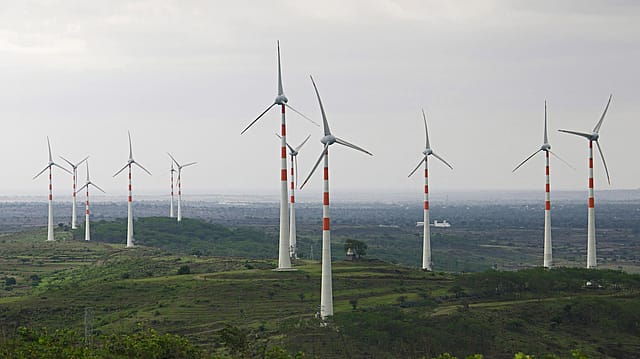$1.8 trillion global investment in clean energy tech in 2019-2023: IEA
ADVERTISEMENT

From 2019 to 2023, clean energy technologies like solar PV, wind power, nuclear power, electric cars and heat pumps increased by nearly 50% globally, reaching an investment of $1.8 trillion in 2023 and growing at around 10% per year, says the International Energy Agency (IEA).
It says annual additions of solar PV and wind grew 85% and 60% respectively, and capacity additions for these two technologies reached almost 540 GW. China accounts for the majority of growth in both solar and wind power. However, clean energy deployment in 2023 remained too concentrated in advanced economies and China, with the rest of the world continuing to lag well behind. In 2023, China and advanced economies accounted for 90% of capacity additions for wind and solar equipment and more than 95% of global sales of electric cars.
The deployment of five key clean energy technologies – solar PV, wind power, nuclear power, electric cars and heat pumps – from 2019 to 2023 avoided fossil fuel energy demand equivalent to 5% of total global fossil fuel demand in all sectors in 2023.
The coal demand avoided is around 580 million tonnes of coal equivalent (Mtce) annually. This is 30% higher than the actual increase in global annual coal demand of around 440 Mtce from 2019 to 2023.
The largest driver of avoided coal demand was the deployment of solar PV and wind power in electricity sectors around the world, with the two technologies avoiding around 320 and 235 Mtce of annual coal demand respectively. This is equal to the annual coal demand for electricity generation in India and Indonesia combined.
January 2026
Netflix, which has been in India for a decade, has successfully struck a balance between high-class premium content and pricing that attracts a range of customers. Find out how the U.S. streaming giant evolved in India, plus an exclusive interview with CEO Ted Sarandos. Also read about the Best Investments for 2026, and how rising growth and easing inflation will come in handy for finance minister Nirmala Sitharaman as she prepares Budget 2026.
IEA says the avoided demand for natural gas is around 180 bcm (billion cubic metres) annually on an energy equivalent basis. This is nearly two times more than the actual increase in global annual natural gas demand of around 100 bcm from 2019 to 2023. The deployment of wind and solar PV provides the largest share of this avoided natural gas demand (155 bcm), although heat pump deployment also avoids around 15 bcm of annual demand.
IEA says nuclear capacity additions were 5.5 GW and construction of five new nuclear reactors started in 2023. At the start of 2024, there were 58 reactors under construction worldwide - a total capacity of over 60 GW.
